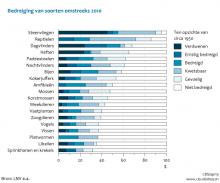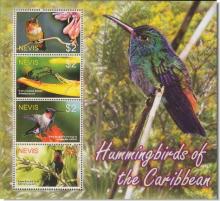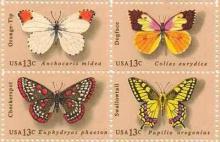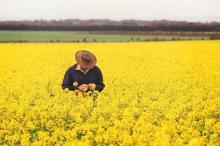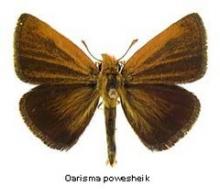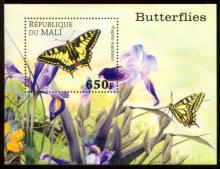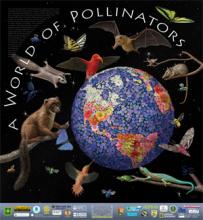Van drieëntwintig landen in Europa behoort Nederland tot de acht landen met het grootste aandeel bedreigde zoogdieren, vogels en vissen
Voor een groot aantal planten- en diergroepen zijn in Nederland Rode Lijsten van bedreigde soorten opgesteld. Daaruit komt naar voren dat bij alle soortgroepen meer dan éénderde van alle soorten van de soortgroep bedreigd is. Bij reptielen, steenvliegen en dagvlinders staan zelfs meer dan tweederde van de soorten op de Rode Lijst. Bij dagvlinders, steenvliegen, haften en bijen zijn relatief veel soorten geheel uit Nederland verdwenen. Van drieëntwintig landen in Europa behoort Nederland tot de acht landen met het grootste aandeel bedreigde zoogdieren, vogels en vissen. Met name de noordelijke landen van Europa hebben relatief het kleinste aantal bedreigde soorten. Nederland neemt wat betreft het totale aantal zoogdieren, vogels, reptielen, amfibieën en vissen dat met uitsterven bedreigd wordt binnen een Europa een middenpositie in.

